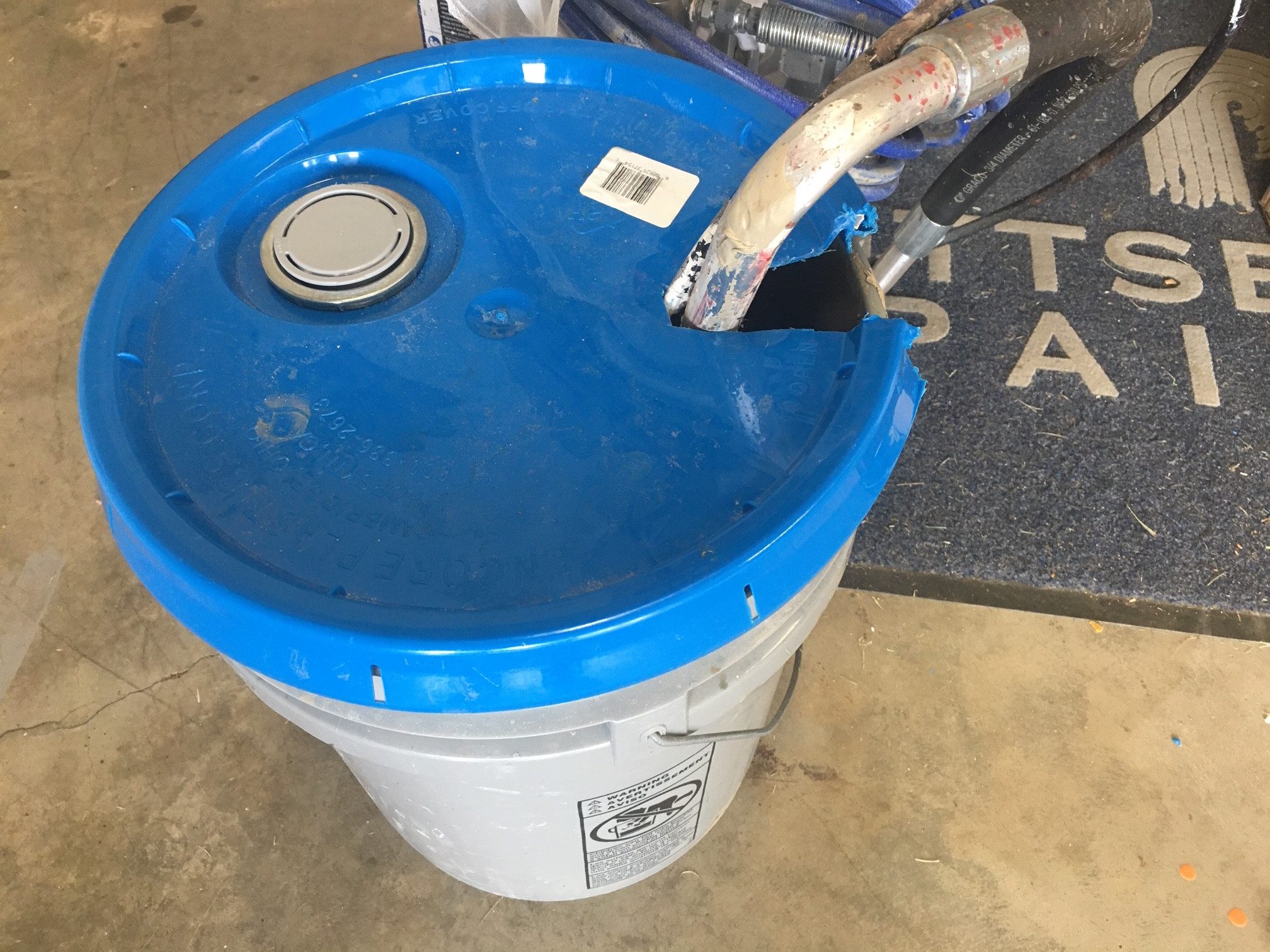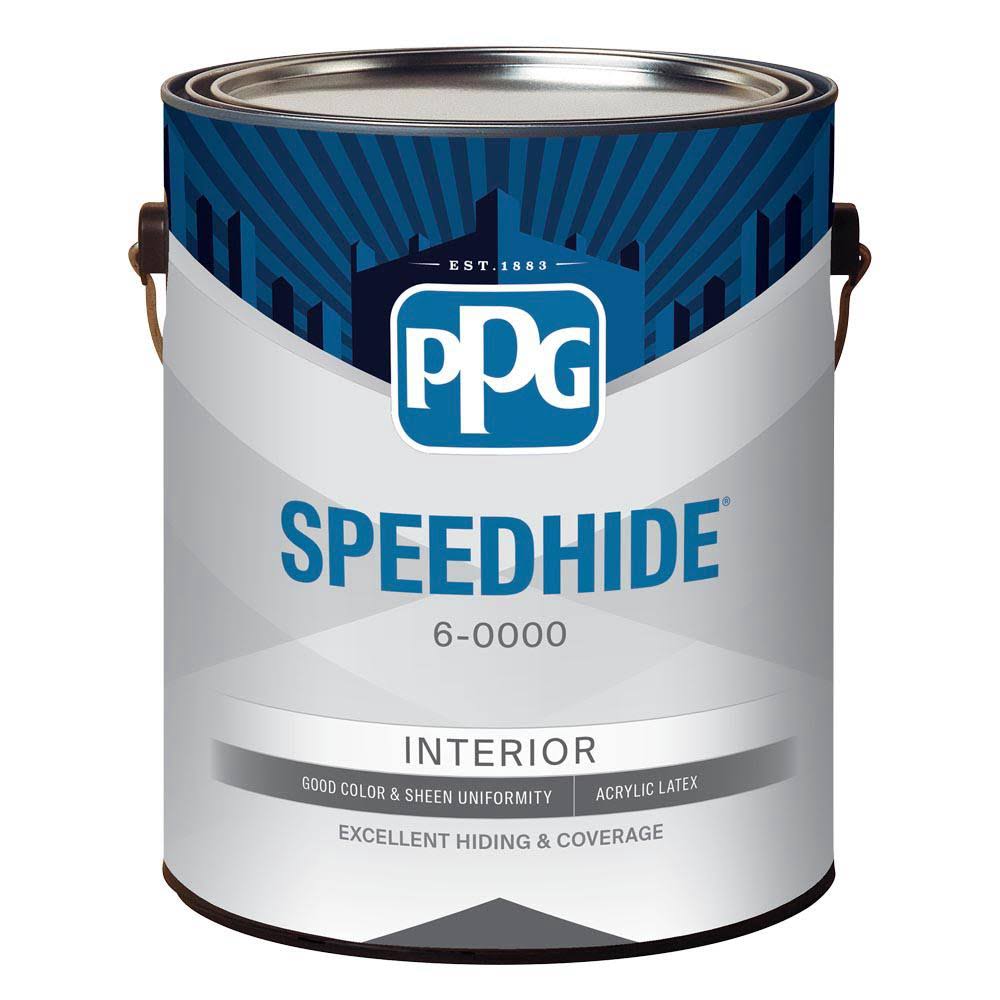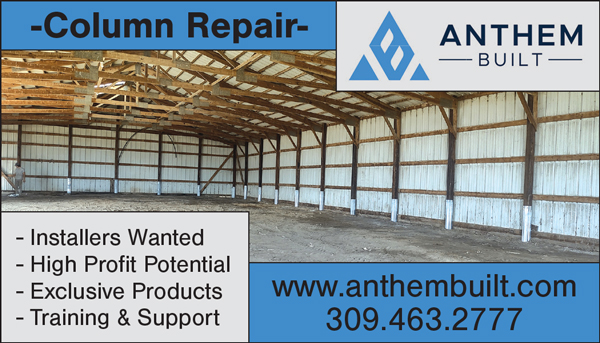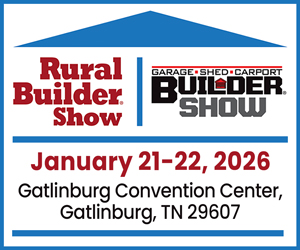By Jamie White, PPG TrueFinish
Do you ever lift up the pick-up tube on your sprayer and it is completely covered with dried paint?
Have you ever rolled your trim and there are little strips or chunks of dried paint in the coating?
It can definitely be frustrating to deal with “trash” in your paint. In this column we will discuss some different tips to help you reduce the amount of trash you get in your shed coatings. First, it is important to know that all trash is not equal. It could be dirt, sawdust, or other foreign materials that have fallen into an open bucket of paint. It could also be a manufacturer issue and be some kind of defect. In most cases though, the trash is actually dried paint.
Water-based coatings dry when the water or solvents in the coatings evaporate out and leave the paint film. This process begins when the coating is exposed to air. When you have an open pail or gallon of paint, it is being exposed to air and it will begin to form a skin (skim) on the top. It will also dry on the interior sides of the bucket as well, which can fall into the paint. Obviously this issue is more prevalent during the warmer months of the year; however, if you paint in a heated spray booth, you can experience it in the winter as well. Once paint begins to skim or dry, it will not return back to liquid form. So when you try to stir the skim back in, it doesn’t actually mix; in most cases it sinks to the bottom. Or when you are using a spray rig, the pick-up tube has suction and it draws the skims to the filter and they clog the filter. Here are some ways to help reduce or prevent getting skims or “trash”:
1. Remove it first: When you open a pail or gallon of paint, if you see skim or trash on the top, remove it. Do not mix it in.
2. Cover the open container: When you are spraying out of a pail, you can cover the open pail with a wet rag or you can take an old lid, cut a small “V” out of it, and cover the pail. Place the pick-up tube in the “V”. When painting with single gallons, it is best to pour out just what you need into a roller tray or small container and keep the gallon covered.
3. Reseal your containers: When not in use, make sure your pails and gallons have the lids firmly sealed. We see a lot of containers that are barely or improperly sealed and they are allowing air in with the coating while in storage.
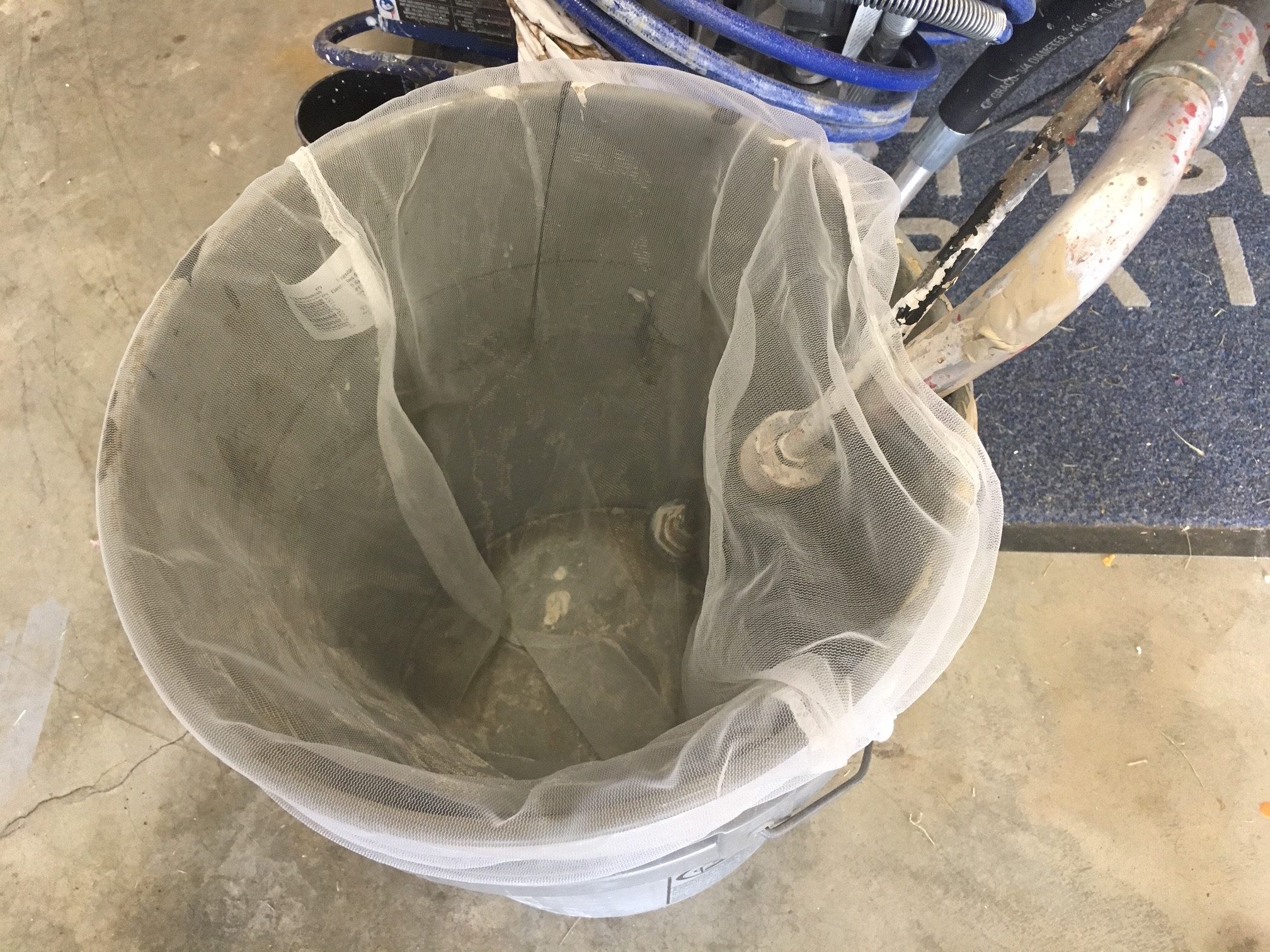 4. Strain it: If you have paint that has a lot of “trash” in it, then you can strain the paint. The paint will still be good and usable. There are different techniques for straining, however the easiest way is to put a 5-gallon elastic top strainer on an empty 5-gallon pail. Pour in your paint, then slide your sprayer’s pick-up tube between the strainer and the side of the pail. This will ensure that as the suction of the sprayer draws the paint, it will pull through the strainer and make sure you have “clean” paint to use.
4. Strain it: If you have paint that has a lot of “trash” in it, then you can strain the paint. The paint will still be good and usable. There are different techniques for straining, however the easiest way is to put a 5-gallon elastic top strainer on an empty 5-gallon pail. Pour in your paint, then slide your sprayer’s pick-up tube between the strainer and the side of the pail. This will ensure that as the suction of the sprayer draws the paint, it will pull through the strainer and make sure you have “clean” paint to use.
5. Filters on your sprayer: Make sure you have filters on and in your sprayer. Every sprayer should have a filter at the end of the pick-up tube. This one is very important — make sure it is on and it is clean. This protects your rig from pulling up a small rock or chunks and running them into and through your pump, which can cause damage. Also make sure the filter is clean. Many times we see the filter being clogged and only one small hole for the paint to pull through. This makes your pump work harder to pick up the paint.
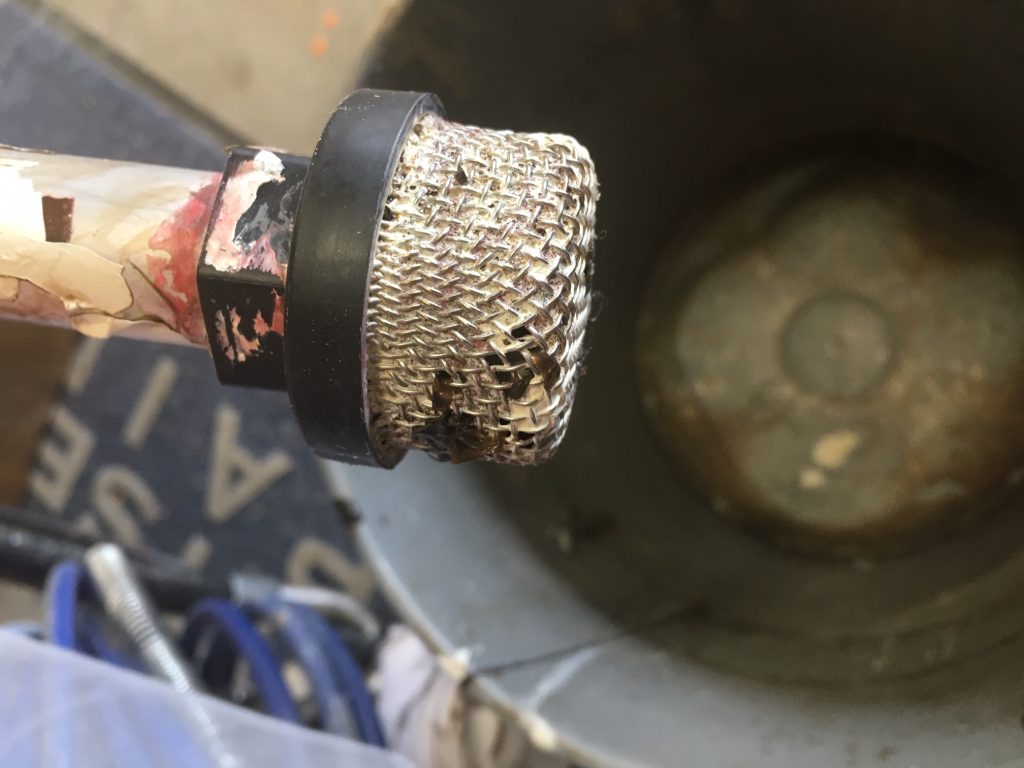
Jamie White ([email protected]), PPG Segment Specialist, can help you better understand how to get the best coatings system.


